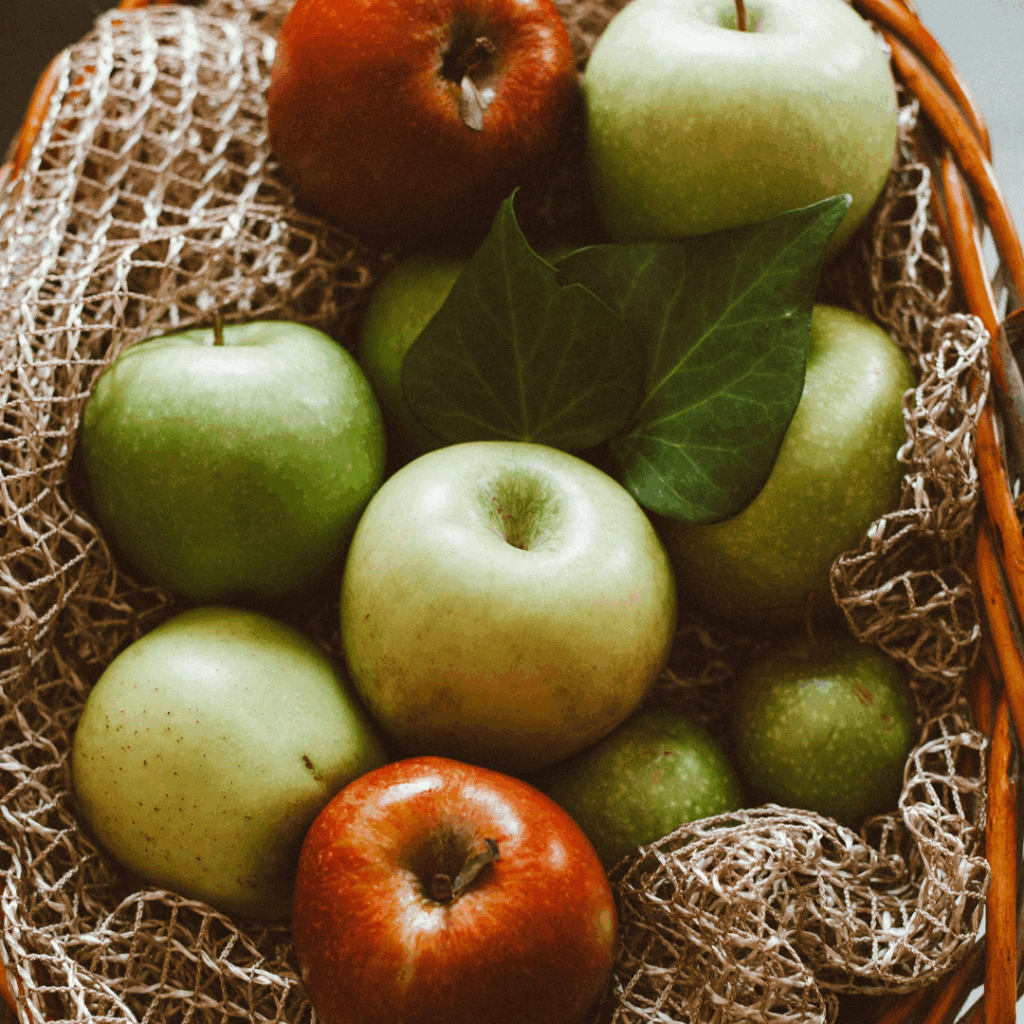
Apples may be everyday fare, but their story stretches back through centuries and across continents.
Today they remain one of the season’s most versatile fruits, lending crisp sweetness to both sweet and savoury dishes and shining in classics like apple crisp, Tarte Tatin or apple cider.
This most prosaic of fruits has an illustrious pedigree, which includes a starring role in Christianity’s first garden. That the tree of knowledge was more likely a quince or even an orange or pomegranate, is of no matter – our mind’s eye still sees an apple. Revealingly, the Old English word æpple, from which our everyday apple is obviously derived, simply meant ‘fruit.’
Originating as the wild Malus sieversii in Central Asia, thousands of years would pass before the apple would be introduced to North America by colonists in the 17th century. According to a cursory internet search, there are more than 7,500 cultivars of culinary apples (Malus domestica), heirloom and newly cultivated, in existence, with about 2,500 grown in Canada and the United States. And that list doesn’t even include crab apples, which are generally considered ornamentals.
Large-scale commercialization has drastically narrowed the field – or the orchard, to be more precise. Check out your local farmers’ market or supermarket and count how many varieties you see. I’m willing to bet you won’t find more than a dozen in season, and even those few are a vast improvement over a mere twenty or thirty years ago when Red Delicious, McIntosh, Golden Delicious and Granny Smith reigned supreme.
Heirloom varieties have been sidelined by apple cultivars that are ‘grocery store friendly’ – that is to say, easy to grow en masse, able to hold in storage for long periods of time and uniform in size and shape to facilitate shipping. Like it or not, these are the apples we must content ourselves with unless we’re prepared to go out of our way. Speaking of which, check out The Salt Spring Apple Festival. It’s a little bohemian, very relaxed and a lot of fun – especially if you’re a tad obsessed with apples. saltspringapplefestival.org
We’re lucky to have fresh apples long after harvesting due to advanced methods of storage – atmosphere-controlled spaces that maintain high humidity and low oxygen with the introduction of regulated carbon dioxide. But there’s nothing like polishing off the dusky bloom of a recently picked apple and eating it out of hand. At home, apples will keep for weeks in the fridge, but store them in a separate drawer, away from other fruits and vegetables; apples exude a gas called ethylene that promotes ripening.
Apples are eminently versatile, working equally well with both sweet and savoury dishes. If there happens to be a less-than-perfect apple in the vicinity, I pop it into the stockpot. Dense apple halves tossed in oil and roasted alongside waxy potatoes are an excellent pairing with either grilled pork chops or duck breasts. Fresh apple wedges, prunes and dried apricots stuffed between tied pork loins become a simple but elegant stuffing, complementing an already sweet meat. The addition of a couple of chopped apples to a turkey stuffing adds a lovely sweet element that works wonders with sage.
While you can do almost anything with an apple, the classic apple crisp is probably the most go-to recipe of all. If you can, choose a combination of different types of apples for contrast in taste and texture. Large softer apples like McIntosh, Jonagold and Golden Delicious break down more easily when cooked while baking apples like Gala and Jonathan tend to have denser flesh and retain their shape.
Or you could make a Tarte Tatin, an upside-down apple pie with a literal twist. I have a favourite small, well-seasoned cast iron pan I use for this. An oven-proof non-stick pan will work, but you won’t get the deep caramelization.
And consider this: A simple, fresh-picked apple often provides tastes and textures no commercially grown apple can.
Get the Tarte Tatin recipe (with a nod to Jamie Oliver).









Leave A Comment